What central heating engineers should know about becoming a heat pump installer
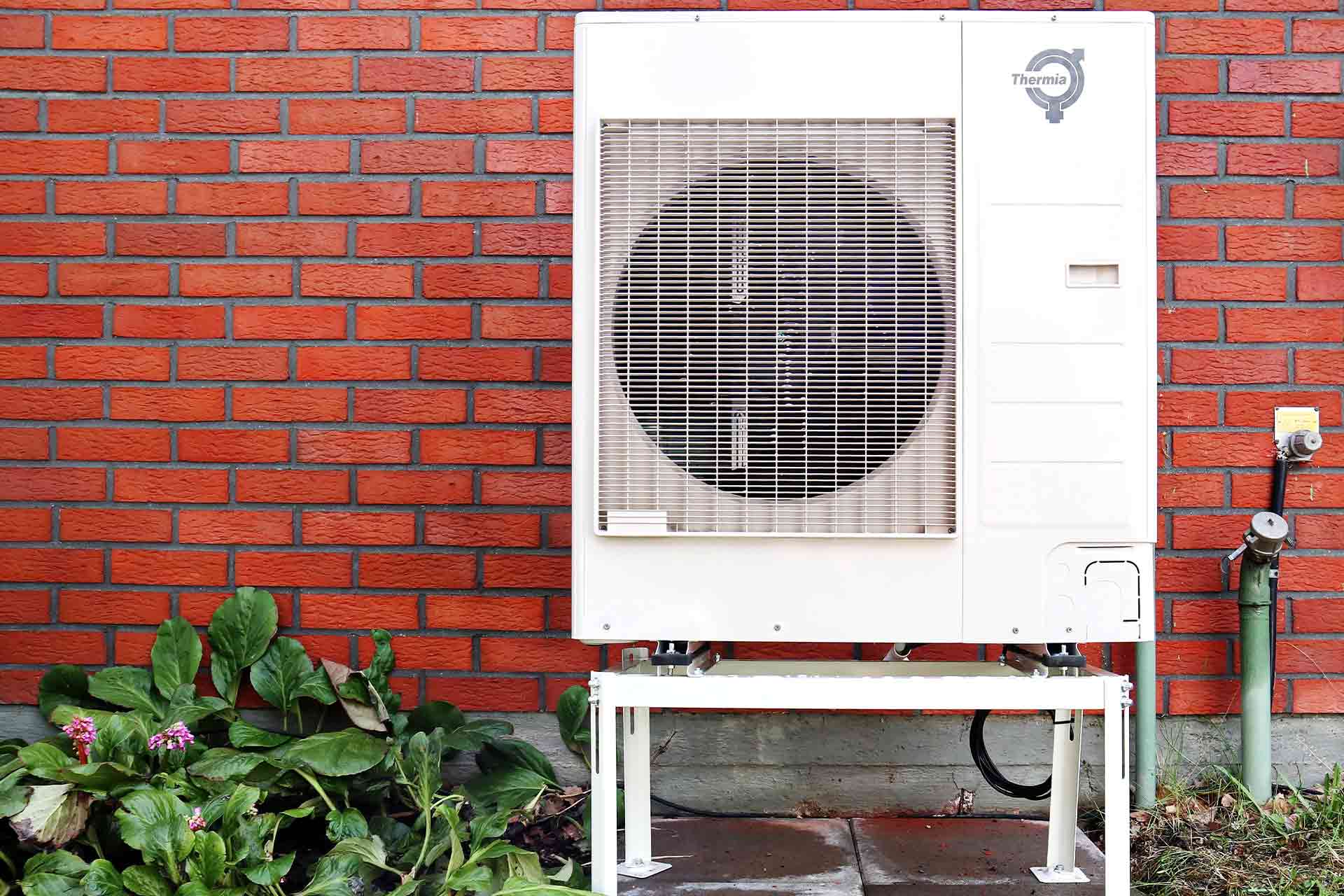
Sustainability continues to be a major consideration for the domestic heating industry. As a result, heating engineers need to be aware of the increasing demand for renewable heating systems.
Heat pumps are emerging as one of the most popular technologies. As a result, the UK government has even pledged to fit 600,000 every year until 2028.*
As a heating engineer or plumber, it’s worth getting training to branch out, get new skills and become a heat pump installer as well. It will help you futureproof your business and meet customer demand.
This guide will take you through everything you need to know about central heating engineering and heat pumps.
In a hurry? Head to the FAQs section at the bottom of this page for a quick overview.
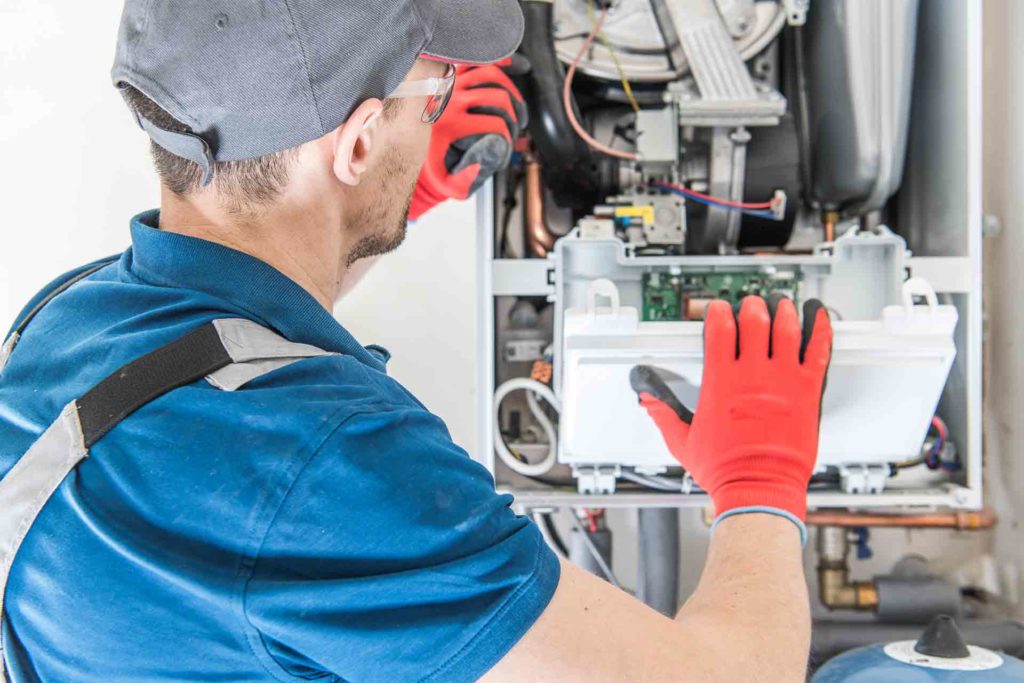
What to know about heat pumps
Heat pumps are powered by electricity and are a way of heating the home without producing harmful emissions. It’s a good idea to get familiar with these systems if you’re looking for profitable domestic work.
There are different types of heat pumps. Air source heat pumps (ASHPs) are smaller in size and less disruptive to install. It makes them the most logical replacement for gas boilers in homes, and so good for central heating engineers.
- Air source heat pumps (ASHPs) are mainly used for space heating through radiators or underfloor heating systems, but they can also heat water
- Ground source heat pumps (GSHPs), as the name suggests, get their thermal energy from soil or a water body outside a property
In simple terms, an ASHP is a system that absorbs heat from the outdoor air. The hot water gained from this process is then kept in a storage cylinder inside the home, which can supply radiators, taps and other appliances with the necessary heating.
Why tradespeople can benefit from becoming a heat pump installer
Learning new skills is important to help your business avoid stagnation. When you can offer more services, you’re more likely to win jobs. You also have more options to upsell when you’re quoting.
You want to make more money? Getting in early as a heat pump installer will help you win more work.
And if you specialise in this area, you could earn a decent wage too!
Why are heat pumps an eco-friendly alternative?
An AHSP is different to a boiler as it will run at a consistent low temperature using less electrical energy than the heat it produces.
The unit can get heat from the air even when the temperature is as low as -25°C. Energy consumption drops and heating bills will be lower when an ASHP is installed.
Less energy used means the home’s carbon footprint will also be cut significantly. This makes for a highly efficient as well as renewable heating system.
Want to grow your business in 2024?
Get more leads and increase your revenue

Heat pump installer training
It’s definitely worth getting trained and accredited if you’re working with new technology that customers are unfamiliar with. To become a heat pump installer, as with any trade, you need to do the right training.
That way, you can assure people that the product they’re investing in is going to be effective. Plus it’s always good to demonstrate your knowledge as this will travel word-of-mouth.
The Microgeneration Certification Scheme (MCS) provides a directory of approved installers. It ensures that high standards of performance are met.
All installers under the scheme are vetted to be technically safe and competent. You are also required to undergo formal assessment to determine whether scheme requirements can be met.
Want to win more work as a heat pump installer?
Find more jobs in your area as a Checkatrade member
Sign me upHeat pump installation guide
Working closely with manufacturers is important for smoothly planning and installing both ASHPs and GSHPs. But there are several other factors you’ll need to consider as part of the process.
Assessments
There’s no ‘one size fits all’, and each house type needs to be individually assessed, however most manufacturers provide an air source heat pump installation diagram as a general guide.
The heat pump will need to be specified depending on the outside air temperature and how often it changes.
Placement
Heat pumps are low-temperature systems, which means that they need a larger surface area to achieve enough heat output. You’ll need to be able to advise homeowners on whether their radiators are sized appropriately for a heat pump to be installed.
You can make this decision by completing accurate heat loss calculations for each room in the property.
Keep in mind the pump can be fitted to a wall or placed on the ground. However, it will need plenty of space around it to get a good flow of air or the system won’t be able to perform properly.
Engineers will also need to make sure the storage cylinder is suitable for a heat pump. The cylinders found in traditional boiler systems tend to be inefficient, so your customer may need to consider a new cylinder too.
Fitting
When installing, consider the space needed for both the heat pump and the cylinder.
The cylinder can often be fitted in the same place as an old boiler, so no major structural changes are required. The pump, however, will need enough room to work effectively.
If space is at a premium, you may be able to find a way around this by mounting the heat pump against a wall or even placing it inside a loft cavity.
Heat pump systems operate at higher flow rates than boilers, which means the correct pipe size must be kept in mind when designing a system.
There are a lot of newer homes which contain microbore pipework that may not be able to provide sufficient water flow for heat transfer. In these cases, you might have to install additional equipment or replacement pipework.
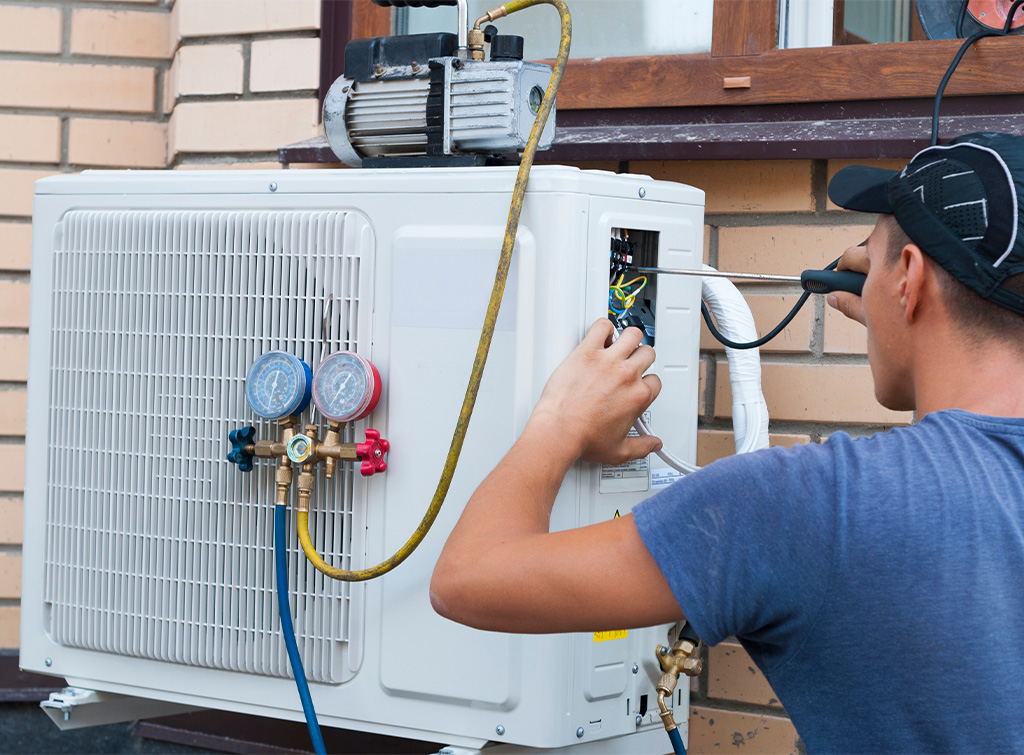
FAQs
Can heat pumps both heat and cool a home?
Heat pumps heat homes by extracting warmth from outside and then transferring it into a property. When it’s warm outside, the heat pump will reverse directions and act as an air conditioner, removing heat from the home.
How much does a heat pump cost?
It’s not the easiest to estimate as there are several things to consider when having one installed such as the size of property, the pipework and the air temperature. That said, heat pumps tend to range from £7,000-£40,000.
What are all the components of a heat pump?
The main components of a heat pump are:
- Outdoor pump unit
- Internal storage cylinder
- Air handler
- Line set
- Variable-speed blower motor
- Heater pack
What maintenance does a heat pump require?
Regular monitoring and maintenance are essential for extending a heat pump’s lifespan. The equipment will need to be kept clean and checked yearly. This can include making sure the coils haven’t frozen, cleaning the air filter and fan blades, as well as checking the electrical connections.
What are the four basic types of heat pumps?
The main four types of heat pumps are:
- Air source heat pump
- Ground source heat pump
- Water source heat pump
- Exhaust air heat pump
Want to grow your business in 2024?
Get more leads and increase your revenue
Content disclaimer: This content has been created for general information purposes and should not be taken as formal advice. Read our full disclaimer here.
* Sourced from GOV UK’s Energy Security Bill updated 2023
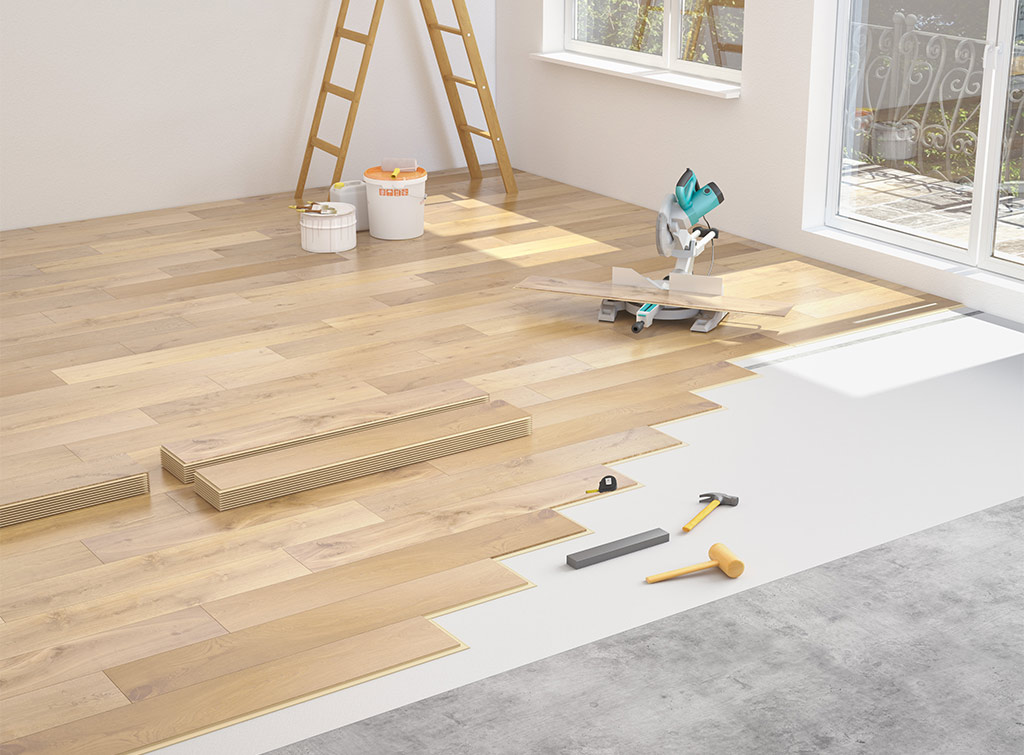
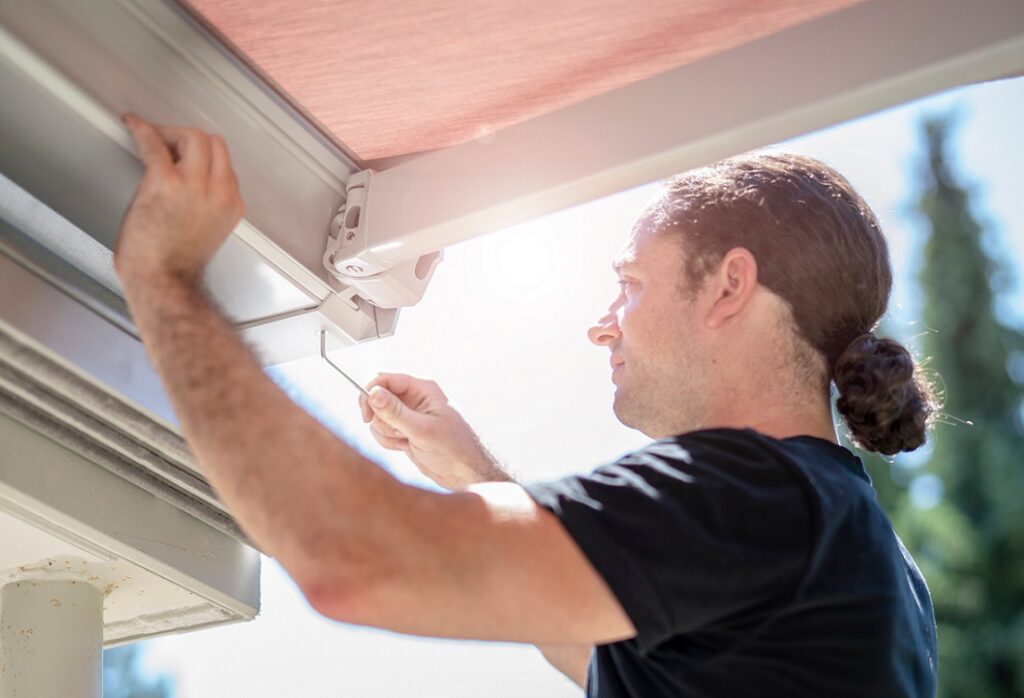
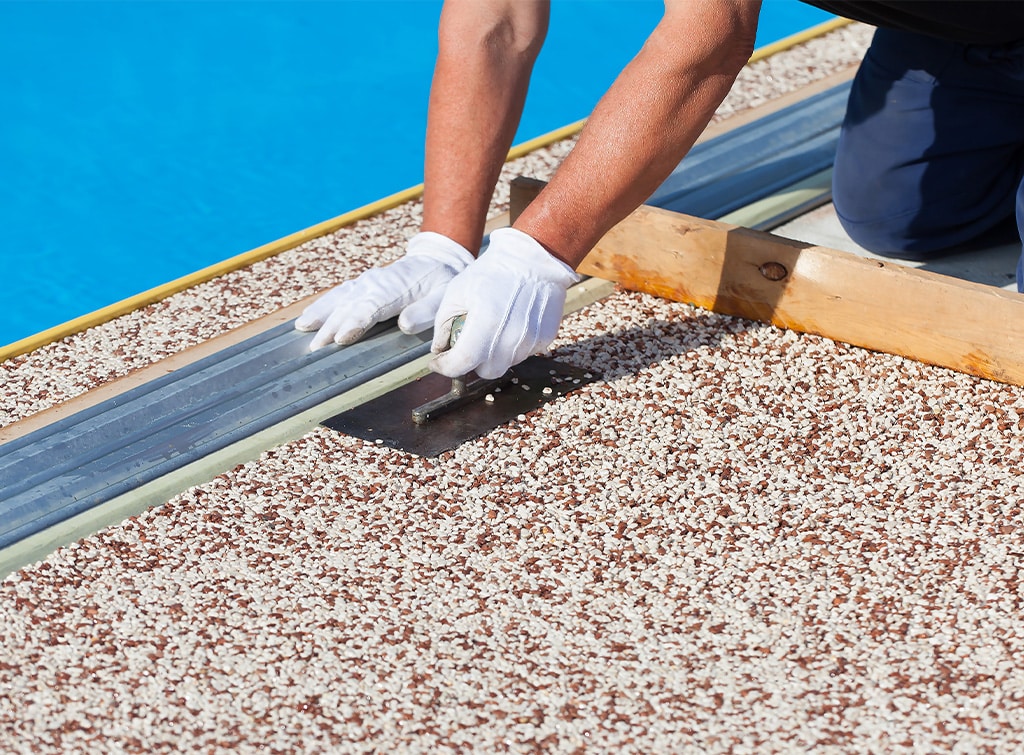
No comments yet!